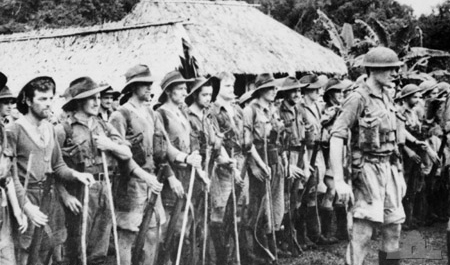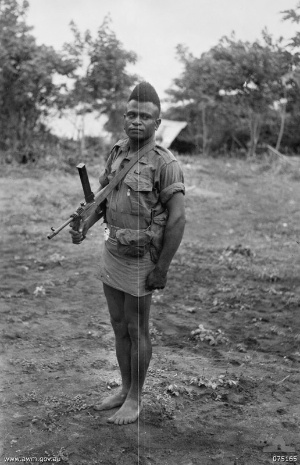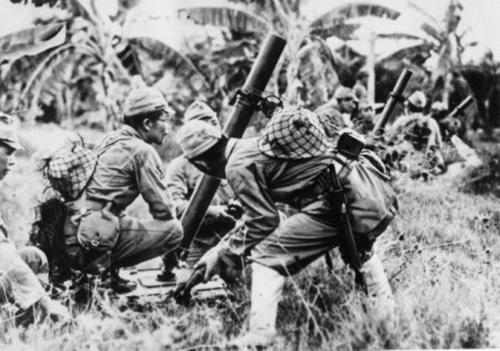
- For PC
- For MAC
- For Linux
- OS: Windows 7 SP1/8/10 (64 bit)
- Processor: Dual-Core 2.2 GHz
- Memory: 4GB
- Video Card: DirectX 10.1 level video card: AMD Radeon 77XX / NVIDIA GeForce GTX 660. The minimum supported resolution for the game is 720p.
- Network: Broadband Internet connection
- Hard Drive: 17 GB
- OS: Windows 10/11 (64 bit)
- Processor: Intel Core i5 or Ryzen 5 3600 and better
- Memory: 16 GB and more
- Video Card: DirectX 11 level video card or higher and drivers: Nvidia GeForce 1060 and higher, Radeon RX 570 and higher
- Network: Broadband Internet connection
- Hard Drive: 95 GB
- OS: Mac OS Big Sur 11.0 or newer
- Processor: Core i5, minimum 2.2GHz (Intel Xeon is not supported)
- Memory: 6 GB
- Video Card: Intel Iris Pro 5200 (Mac), or analog from AMD/Nvidia for Mac. Minimum supported resolution for the game is 720p with Metal support.
- Network: Broadband Internet connection
- Hard Drive: 17 GB
- OS: Mac OS Big Sur 11.0 or newer
- Processor: Core i7 (Intel Xeon is not supported)
- Memory: 8 GB
- Video Card: Radeon Vega II or higher with Metal support.
- Network: Broadband Internet connection
- Hard Drive: 95 GB
- OS: Most modern 64bit Linux distributions
- Processor: Dual-Core 2.4 GHz
- Memory: 4 GB
- Video Card: NVIDIA 660 with latest proprietary drivers (not older than 6 months) / similar AMD with latest proprietary drivers (not older than 6 months; the minimum supported resolution for the game is 720p) with Vulkan support.
- Network: Broadband Internet connection
- Hard Drive: 17 GB
- OS: Ubuntu 20.04 64bit
- Processor: Intel Core i7
- Memory: 16 GB
- Video Card: NVIDIA 1060 with latest proprietary drivers (not older than 6 months) / similar AMD (Radeon RX 570) with latest proprietary drivers (not older than 6 months) with Vulkan support.
- Network: Broadband Internet connection
- Hard Drive: 95 GB
To take Port Moresby, the capital of New Guinea, Japanese commanders decided to first land on the opposite side of the island. The landings in the villages of Buna and Gona in eastern New Guinea took place on the 21st and 22nd of July 1942.
 |
|
Australian Soldiers on Papua New Guinea |
The landing party, supported by the 25th Japanese Air Flotilla, successfully made it ashore in the evening of the 21st of July. In the morning of the 22nd, the landing force was attacked by around one hundred allied fighters and bombers, damaging ships as well as the material being unloaded on the beachhead. However, the landing was successful, and the village of Buna was in Japanese hands and would stay that way for the following months.
The lead company which had landed in Gona quickly advanced towards the village of Kokoda. The village was situated high in the Owen Stanley mountains, halfway between Buna and Port Moresby. Kokoda was also home to the only airstrip between the capital and Buna.
 |
|
A native soldier of the |
The Japanese scouts had advanced towards Kokoda with relative ease, but unaware that they were being watched. Sergeant Katue of the Papuan Infantry Battalion, a unit formed from local men, had been keeping a very close eye on the Japanese forces. He had dressed in a traditional native skirt, applied mud to his hair and body, and chewed betel nut to blend in with the villagers and not raise any suspicions.
Sergeant Katue gathered valuable information for the PIB platoon consisting of 3 Australian officers and 35 Papuan men, which decided to arrange an ambush for the Japanese forces. The ambush would take place on a winding track one kilometer from the village of Awala.
On the 23rd of July, the first engagement of the New Guinea campaign took place. Most of the PIB platoon was waiting on a small knoll overlooking the track that the Japanese were using. Other members of the unit had stripped off their uniforms, and were hiding in the jungle next to the ambush location.
 |
|
Japanese mortar troop in combat |
When the Japanese scouts arrived riding bicycles, they were silently speared by the Papuans. The bodies and bicycles of the scouts were swiftly thrown into an adjacent creek to hide their fate.
When the main force arrived, the trap was sprung, and the PIB opened up on the Japanese with everything they had. Several of the Japanese infantrymen fell to the first fusillade, but the elite Japanese troops quickly reacted to the ambush, and drove the PIB platoon off with grenades and light mortars. After emptying their rifles, the PIB unit broke contact and fell back into the jungle.
In Papua New Guinea, the 23rd of July is a day of remembrance for all those who fell in the battle which took place on that day near the village of Awala.
The War Thunder Team



